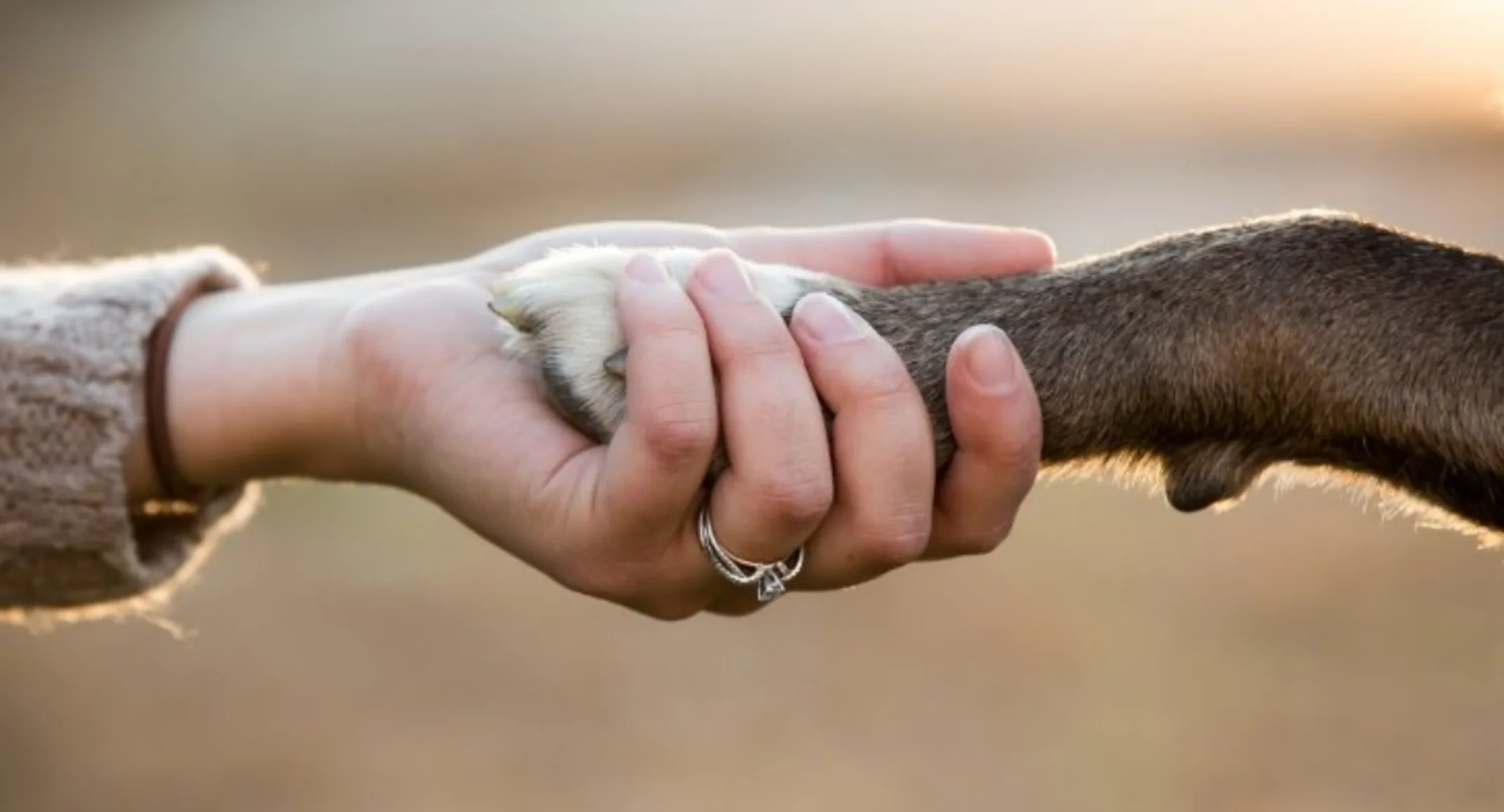Pet Euthanasia:
May 5, 2025 · For Pet Owners

Saying goodbye to a pet is never easy. For many families, it’s one of the most emotional decisions they’ll ever make. Pets aren’t just animals—they’re part of our daily lives, our routines, and our hearts. Knowing when it’s time to consider euthanasia can feel overwhelming, but making that decision with compassion and clarity can also be an act of deep love.
At Twin Maples Veterinary Hospital in Dayton, OH, we understand how heavy this process can feel. Our team is here to walk beside you with empathy, clinical guidance, and emotional support—whether you’re just starting to notice signs of decline or are already facing difficult choices.
How to Assess Your Pet’s Quality of Life
As pets age or experience illness, it becomes increasingly important to evaluate whether they’re still able to enjoy life. Quality of life isn’t just about comfort—it’s about dignity, connection, and the ability to take pleasure in the small things: a favorite toy, a walk outside, a loving touch.
Questions to Ask Yourself
Ask these questions to reflect on your pet’s current condition:
Is my pet in constant or frequent pain, even with medication?
Have they stopped eating, drinking, or showing interest in their environment?
Are they unable to move comfortably or control their bladder/bowels?
Do they seem anxious, confused, or disconnected?
Are the difficult days now outnumbering the good ones?
Even one or two “yes” answers may indicate that your pet’s quality of life is diminishing. For a helpful tool, visit AAHA’s Senior Pet Quality of Life Assessment.
Recognizing Signs of Pain or Suffering
Pets are often skilled at hiding pain. That’s why subtle changes in behavior, mobility, or mood can be important signals.
Physical Signs
Labored breathing, especially at rest
Straining to stand, walk, or use the bathroom
Whimpering, groaning, or difficulty getting comfortable
Vomiting, diarrhea, or sudden weight loss
Emotional & Behavioral Signs
Withdrawal from family or hiding more than usual
Restlessness, confusion, or pacing at night
Lack of interest in food, affection, or play
These signs can point to underlying suffering—even when your pet is still trying to be “brave.”More on recognizing end-of-life symptoms – ASPCA
Making the Decision as a Family
It’s important to approach this decision as a family—especially if children are involved or your pet has been with you through major life milestones. Discuss your pet’s current condition, any changes you’ve noticed, and how everyone is feeling. These conversations can bring clarity, shared understanding, and a sense of peace—even when the outcome is painful.
Tip: Make some decisions ahead of time, while you’re still thinking clearly. Consider:
Would you prefer in-clinic or at-home euthanasia?
How will you handle aftercare (cremation, burial, keepsakes)?
Are there “red line” moments when you know it’s time to let go (e.g., when your pet stops eating, walking, or recognizing you)?
Thinking through these questions now can help you make a loving, thoughtful choice—even in the midst of grief.
What to Expect During the Euthanasia Process
Euthanasia is a peaceful and pain-free procedure, designed to minimize fear or discomfort for your pet.
The Process
Sedation is administered first to help your pet relax and feel calm. This step ensures they are not aware of any discomfort.
Once your pet is fully relaxed, a second injection gently and painlessly stops their heart.
The process is quiet, quick, and compassionate. You are welcome to be with your pet the entire time—holding them, talking to them, and saying goodbye in your own way.
At Twin Maples, we offer both in-clinic and at-home euthanasia options whenever possible. If you’re unsure what’s best, we can help you explore what will be most comfortable for your pet—and for you.
More on what to expect – AVMA’s End-of-Life Care
Coping with Grief After Pet Loss
Losing a pet can feel as painful and disorienting as losing a family member—because in many ways, they are.
Grief Can Show Up As:
Sadness or crying
Guilt or second-guessing
Difficulty sleeping or eating
A sense of emptiness or loneliness in your home
There’s no “normal” timeline for healing. Be gentle with yourself and your family. Children and other pets may also grieve—sometimes in ways that are hard to recognize.
Pet Loss Resources
APLB: Association for Pet Loss and Bereavement– Offers support groups and memorial spaces
Honoring Your Pet’s Life
Creating a tangible memory can be a powerful step toward healing. Consider:
A framed photo or paw print keepsake
Planting a tree or garden in their honor
Writing a letter to your pet or journaling your memories
Donating to a local shelter in their name
Holding a small memorial at home with family or friends
More ideas at APLB’s Pet Memorials
When to Open Your Heart Again
Some people feel ready for another pet within weeks; for others, it may take years. There’s no “right” timeline. You may be ready when:
You feel more gratitude than pain when thinking of your previous pet
You’re open to bonding with a new personality—not as a replacement, but as a new chapter
You feel ready to care again, even with the risk of future heartbreak
We’re Here for You
At Twin Maples Veterinary Hospital, we take this journey seriously—because we know what your pet means to you. Whether you’re scheduling a quality-of-life consultation, need to talk through your options, or want to prepare for end-of-life care in advance, our team is here to help.
Contact us today to speak with a compassionate veterinary professional or schedule a visit.
Saying goodbye is never easy—but it can be peaceful, meaningful, and full of love. When the time comes, we’ll help you through it—with gentleness, respect, and unwavering support.
